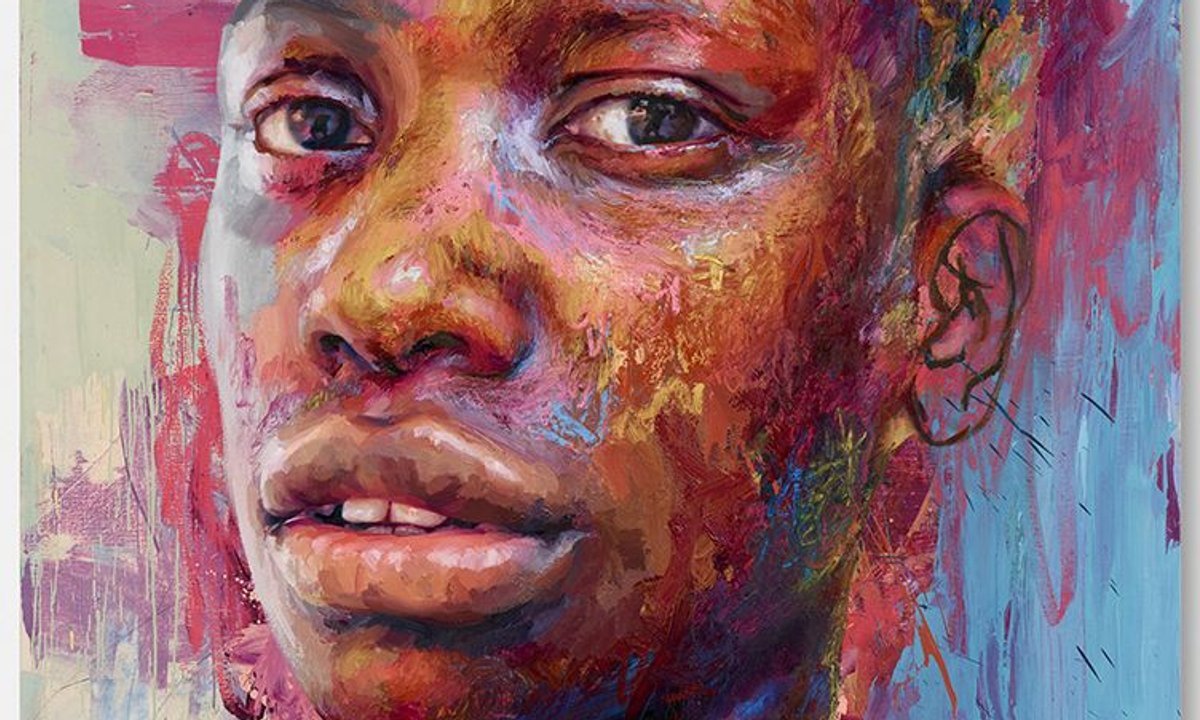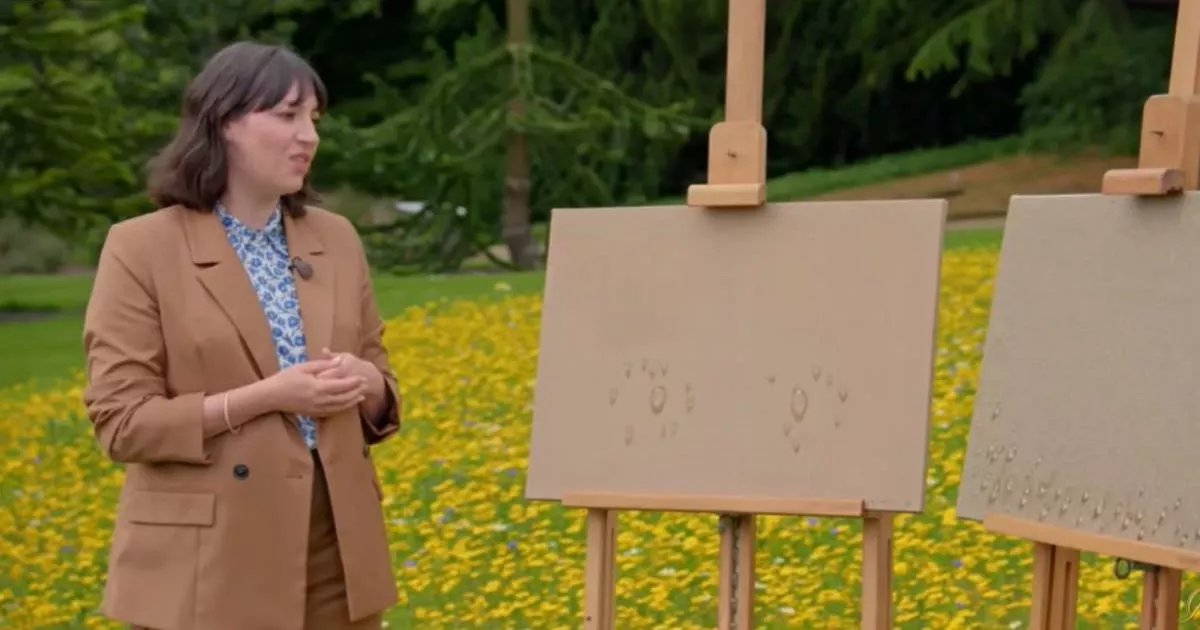The New York artist Michael Egan was at his gallery on the Lower East Side when a craggy-faced Norwegian named Bjarne Melgaard came wandering in off the street.
“He was a mountain of muscle,” Egan said. “He had a Samuel Beckett face, with creases and crevices deeper than the Grand Canyon. He was dressed in a combination of Supreme skateboarding clothing and extremely expensive luxury fashion. He seemed nervous.”
Egan regarded Melgaard as one of the great artists of the age. He had encountered Melgaard’s work for the first time the previous year, at the Venice Biennale. “I felt like I felt when I watched Pulp Fiction for the first time,” he said. “There was something on the line.”
The Norwegian said he wanted to do three shows, back to back, the first featuring two live tigers. The tigers would be pacing about tearing up pieces of clothing. “I didn’t even know if that was legal, but I just said yes,” Egan said. This, he believed, was an artist who was forever “pushing the limits of what’s possible”.
The limits may now have caught up with him. This week Melgaard is in court in Oslo, fighting to extricate himself from an agreement he struck with two investors. It is a case with its origins in New York, where Melgaard set himself up with a dozen assistants in an enormous studio in Brooklyn, like one of the great artists of the Italian Renaissance. Stein Lie, a duvet entrepreneur, and Svein Roar Grande, the head of a transport company, played the role of the Medicis, financing the operation. In return, they were to be provided with art they could sell.
This arrangement fell apart in 2017; the money stopped coming and with mounting debts, Melgaard returned to Norway. In 2020, he met his former backers at a hotel in Trondheim. “They said they had spent well over one hundred million Norwegian kroner (about $9 million) on me and that I owed them a lot,” Melgaard told the Norwegian tabloid VG last year. He said that during those years, he had been a drug addict. He acknowledged that the investors were not to blame for this. “No one has forced me to shove ten kilos of coke up my nose every day.”
In the hotel bar Melgaard signed an agreement giving his backers all the artwork previously consigned to them, other works that were being shipped back to Norway and the right to produce and sell reproductions in his name, the newspaper reported. Melgaard has said he was drunk when he signed.

An untitled work from 2007 on display at the Saatchi gallery
TIMES PHOTOGRAPHER RICHARD POHLE
He is now suing in an attempt to unravel the agreement. His lawyer, Orjan Salvesen Haukaas, says Lie and Grande received up to $300 million of work and have flooded the market with so many reproductions that his art is losing value.
In an opening statement in Oslo district court on Tuesday, Haukaas said that artists, with their unstable profession, were vulnerable to exploitation by investors, according to the Norwegian daily Aftenposten. A lawyer for Grande and Lie was expected to argue that Melgaard, 57, is attempting to escape debts he racked up himself.
The artist Katie Stout first met him when he came into a New York gallery to ask if he could borrow some furniture. He appeared “really out of it” and when it was time to leave, he struggled to find the exit, she said.
Visiting his studio, she noticed lighters that looked rather like small blow-torches. “Someone was like: ‘you know what these are for?’” she said. Stout assumed they were for cigarettes. “They were like: ‘It’s for meth.’” Occasionally, when she asked Melgaard how he was, “he would say: ‘Oh, I smoked so much meth last night,’” she said.

A work on display in Oslo
CORNELIUS POPPE / NTB SCANPIX/ALAMY IMAGES
There were occasional signs that he had money problems. “I would give him a price. Oftentimes he would say: ‘I can’t pay that much … Would you take a painting as a trade?’”
Once, working with him on a show for a West Village gallery called Karma, Stout made stuffed chairs of transparent vinyl. “I said: ‘We should put a lot of your really personal stuff into these chairs that people can see,’” Stout said. “Give me some of your bank statements.” Melgaard agreed and Stout stuffed them into the chairs, and also used some to make papier-mâché.
“He was so into this, putting himself into dangerous or compromising situations,” she added. “I remember seeing them and being like: ‘Oh no! You owe how much in studio rent?’”
The rent reportedly came to $20,000 a month. She did not know how his studio was financed, except that money would arrive from Norway. There, by all accounts, he was talked of as a latter-day Edvard Munch. “I remember thinking that Norway, the country, was just funding him,” she said. “With all this oil money.”
It was clear that he was burning cash at a terrific rate. “I know a lot of people have issues with Bjarne,” she said. “It was so fun to be a part of it. I loved it … The excess. It was just so maxed out.”
Nicholas Cueva, an artist who was the lead manager of Melgaard’s studio from 2011 until 2017, remembers being amazed by the scale of his studio. “About a million dollars’ worth of paint on several folding tables ran down the centre of the room,” he said in an email. “We would buy paint $300,000 at a time.”

The Melgaard+Mulch exhibition
CORNELIUS POPPE / NTB SCANPIX/ ALAMY IMAGES
He was less impressed with Melgaard. “I was a janitor to him,” he said. Cueva worked without benefits or health insurance, and when he fell seriously ill, he was left with $80,000 in hospital debts, he said. Sometimes, Cueva and the people he hired for Melgaard worked without getting paid at all. “It was used as an excuse a lot, that money was ‘coming from Norway,’” he said. “I would wait months and months for a pay cheque, while at the studio receiving $40,000 worth of paints for Bjarne.”
The finances were “constantly being derailed by the frivolous spending of Bjarne and his boyfriends”, Cueva said. He felt as if he was donating his labour, “while [Melgaard] took a sip and threw away $25 juices all day”.
Initially, Cueva and the team of artists he managed would complete the early stages of Melgaard’s paintings. “Everything was to his specifications at first, but over time he allowed me and others to make decisions. Other teams made the sculptures and fashion items, but Bjarne was more the idea/vibe around which a lot of people worked. Near the end of my tenure, I was basically making full paintings.”
Melgaard’s drug-taking was frequently referenced in the work. “I half-believe that a lot of it was just for show,” Cueva said. “He got off on shocking people. I became very familiar with his drug habits as I oddly got close to his psychiatrist who talked about it a lot. He tried to get me to get him drugs — I refused. With the drugs he was like an animal and I felt like a stable hand cleaning up a habitat.”

Melgaard acknowledges having had a drug problem
TERJE PEDERSEN /NTB/ALAMY
He wondered about the motivations of Melgaard’s supporters. “I believe that a lot of people in the art world were interested in allowing Bjarne to destroy himself,” he said. “They kept throwing money at Bjarne, despite the blatant major drug use. I got the impression that if he wound up OD’ing, then a lot of people would have made a lot of money. Dead artists are always money machines.”
Melgaard himself did not respond to questions.
Egan, the gallerist who worked with him on the exhibition with the tigers, said the artist was no longer on drugs. “He’s, you know, a sweetheart now, he’s all cleaned up,” he said.
The caged tigers they used in the exhibition were supposed to be “babies”, from an animal sanctuary, he said. But by the time they arrived with their minder, “they’d really grown into teenaged tigers.” Protesters from Peta protested outside and police officers came to the show “many times” — the first time to check the paperwork. “Then after that, the cops just kept coming, just because they’d heard from other cops that there were two white tigers.”
Egan had no idea, at the time, of the artist’s unusual financial arrangements, but sees them as another place in which Melgaard was pushing boundaries. He was fascinated to learn more.
“I would love to be in that courtroom,” he said. “What he did and what he signed and what he’s doing now kind of shows you how this way of commodifying art that we think of as capitalism is really a round peg in a square hole. And he needs to be making art and he’ll do whatever he’s got to do … I love his tenacity and the fact that he’s unstoppable.”
Someone else, at this point, might have decided to do something else with their life. “But he’s going to fail all the way to the bottom and he’s going to lick the bottom of that and see what that tastes like. And then he’s going to take it right back up to the top, you know. He’s always going to be fascinating. And the one thing that art needs to be is interesting.”






